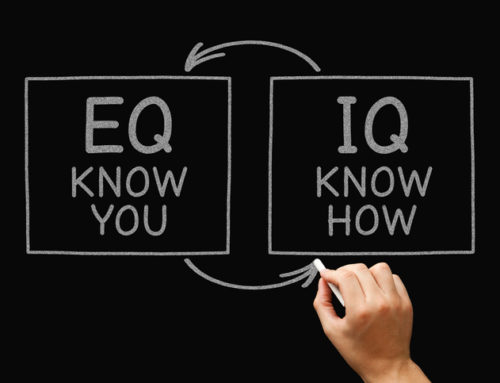As mentioned in the last blog, we all know that alignment starts with the family leader (presumably you!) In Lesson 2, Pillar 1 of my self-study course, Re-Imagining Relationships For Families In Business, you went through the exercise of writing down your own core values, and giving thought to your own code of ethics. Now you know the direction you want to lead family members who also participate in the legacy family business. Lesson 3 addresses how to align your family and how to deal with any members who are not eager to jump onto the same page as the others.
Something I know for sure: anything attempted without alignment is unlikely to be long-lasting. After 50+ years of working with families, I can say that this is a lesson I’ve seen learned in the hardest of ways. As the family leader, you might dread some parts of the exercises used to discover and distill your family members’ values. Still, you must all agree on the “how-to“ before you can implement an agenda of growth and sustainability. I recommend a family alignment model called Values-Based Leadership.
What Is Values-Based Leadership?
Values-Based Leadership (VBL) is defined by The Financial Times as, “motivating employees by connecting organizational goals to employees’ personal values.“ In Re-Imagining Relationships, I make these four key points:
• Values precede ethics, and ethics precede performance.
• Foundational values guide decision making.
• VBL is statistically proven to deliver excellent results over long periods of time.
• VBL can be the foundation of a corporate climate that delivers predictable and sustainable results.
If you and your family agree to operate under a Values-Based Leadership model, then your “core values represent the soul of the organization, and they are likely to remain steadfast in the face of changing market trends and fads.“ (Pillar 1, Lesson 3.)
Now, on the heels of that lofty proclamation, here’s a very common hiccup in the family alignment process. The outlier. Often there is at least one. This is the family member whose list of core values is quite different. Business and personal goals are different. Methods to achieve are different. Yet, here he or she sits, right at the family table. It’s always complicated, but let me say one or two things about resolution. When someone in a family business takes an opposing or unpopular position, it’s important to keep respect on the table while your relative is raising another point of view on a matter. It will most likely set up a discussion process to address conflicting or incongruent values. But watch for these two key saving graces: 1) the discussion itself produces a process of alignment and, 2) at some point there will be agreement about “what is most important.“ Then you can find common ground and move on.
Pillar 1, Alignment, helps you to pour your foundation. Pillar 2 is about Boundaries, and this topic is one of my favorites. “Good fences make good neighbors,“ said American poet Robert Frost. I’ll talk about it in my next blog.
David Bork is an internationally-acclaimed family business consultant, author, and speaker with five decades of experience providing guidance to over 500 family business enterprises. A pioneer in the industry, David brings a wealth of knowledge and insight into the many challenges of running a successful family business and has assisted families in charting their way through every imaginable family business issue. He is the author of The Little Red Book of Family Business and just published the online course, Re-Imagining Relationships for Families in Business. For more information about David Bork, visit FamilyBusinessMatters.Consulting.







